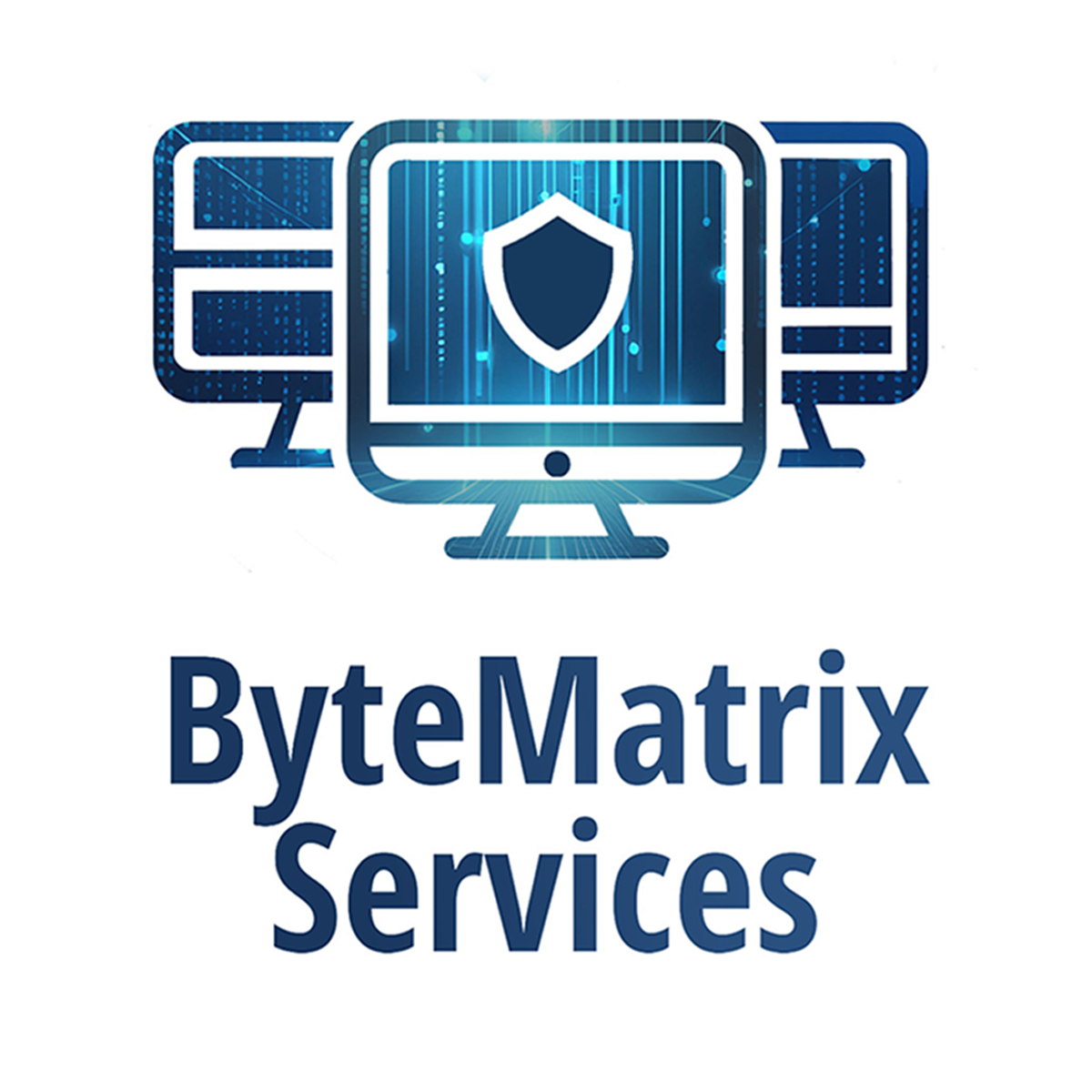Introduction
Maintaining your computer’s performance is crucial in today’s digital age. Whether you’re a beginner or an expert, understanding some key computer repair tips can save you time, money, and frustration. This guide offers a comprehensive look into troubleshooting, preventative measures, and expert advice to keep your PC in top shape.
| Outline | Sub-Topics |
|---|---|
| Common Computer Issues | Hardware, Software, Peripheral Problems |
| Basic Troubleshooting Steps | Rebooting, Safe Mode, System Restore |
| Preventative Maintenance | Regular Updates, Backup Strategies, Cleaning Hardware |
| Virus and Malware Protection | Antivirus Software, Safe Browsing Practices |
| Handling Slow Performance | Disk Cleanup, Defragmentation, Resource Management |
| Fixing Network Issues | Connectivity Troubleshooting, Router Settings |
| Dealing with Hardware Failures | Identifying Faulty Components, Replacement Tips |
| Data Recovery Tips | Backup Solutions, Recovery Software |
| Operating System Issues | OS Reinstallation, Update Problems |
| Optimizing Computer Speed | Performance Tweaks, SSD vs HDD |
| Advanced Repair Techniques | BIOS Settings, Hardware Upgrades |
| DIY Repair Tools | Essential Tools, Toolkit Setup |
| When to Seek Professional Help | Identifying Major Issues, Choosing a Repair Service |
| Regular Maintenance Checklist | Daily, Weekly, Monthly Tasks |
| FAQs about Computer Repair | Common Questions and Solutions |
Common Computer Issues
Understanding common computer issues is the first step in effective repair. Problems often fall into three main categories: hardware, software, and peripheral.
Hardware Issues: These include failures in components like the motherboard, RAM, or power supply. Symptoms often involve the computer not turning on, random shutdowns, or beep codes during startup.
Software Issues: These involve operating system errors, application crashes, and malware infections. Signs include slow performance, unexpected error messages, and programs not working correctly.
Peripheral Problems: Issues with devices like printers, keyboards, and mice often stem from connectivity problems or driver issues. Solutions usually involve checking connections and updating drivers.
Basic Troubleshooting Steps
Before diving into complex repairs, start with these basic troubleshooting steps.
Rebooting: Many issues are resolved simply by restarting the computer. This can clear temporary glitches and refresh system processes.
Safe Mode: Booting into Safe Mode allows you to troubleshoot with minimal system resources. This mode disables non-essential drivers and programs, making it easier to isolate issues.
System Restore: Use System Restore to revert your computer to a previous state. This can undo recent changes that may have caused problems.
Preventative Maintenance
Preventative maintenance helps avoid common issues and prolongs your computer’s lifespan.
Regular Updates: Keep your operating system and software up-to-date to ensure you have the latest security patches and performance improvements.
Backup Strategies: Regularly back up your data to prevent loss in case of hardware failure or malware attack. Use cloud services or external drives.
Cleaning Hardware: Dust and debris can cause overheating and hardware failure. Regularly clean your computer’s interior using compressed air.
Virus and Malware Protection
Protecting your computer from viruses and malware is crucial for maintaining performance and security.
Antivirus Software: Install reliable antivirus software and keep it updated. Regular scans can detect and remove malicious software.
Safe Browsing Practices: Avoid clicking on suspicious links, downloading files from untrusted sources, and opening unknown email attachments.
Handling Slow Performance
Slow performance is a common issue that can often be fixed with a few tweaks.
Disk Cleanup: Remove unnecessary files using built-in tools like Disk Cleanup. This frees up space and improves performance.
Defragmentation: Defragment your hard drive to optimize file storage and retrieval. Note that SSDs do not require defragmentation.
Resource Management: Use Task Manager to identify resource-hogging applications and processes. Disable or uninstall unnecessary programs.
Fixing Network Issues
Network issues can disrupt your workflow but are often easy to fix.
Connectivity Troubleshooting: Check your physical connections and ensure your router is working. Restart your router and computer.
Router Settings: Access your router’s settings to update firmware, change channels, or modify security settings to improve connectivity.
Dealing with Hardware Failures
Identifying and fixing hardware failures requires a bit of know-how.
Identifying Faulty Components: Use diagnostic tools and error codes to pinpoint failing hardware. Common culprits include RAM, hard drives, and graphics cards.
Replacement Tips: When replacing components, ensure compatibility with your system. Follow safety protocols to avoid damaging new parts.
Data Recovery Tips
Data loss can be devastating, but recovery is often possible.
Backup Solutions: Regularly back up important files. Use both local (external drives) and cloud-based solutions for redundancy.
Recovery Software: Use data recovery software to retrieve lost or corrupted files. Popular options include Recuva and EaseUS Data Recovery.
Operating System Issues
OS issues can be particularly tricky but often have straightforward solutions.
OS Reinstallation: If all else fails, reinstalling the operating system can resolve persistent issues. Ensure you back up data before proceeding.
Update Problems: If updates fail, troubleshoot by checking for sufficient disk space, disabling security software temporarily, and resetting update components.
Optimizing Computer Speed
Enhancing your computer’s speed can lead to a better user experience.
Performance Tweaks: Adjust power settings, disable startup programs, and optimize visual effects for better performance.
SSD vs. HDD: Consider upgrading to an SSD for faster boot times and improved overall speed compared to traditional HDDs.
Advanced Repair Techniques
For those comfortable with more in-depth repairs, advanced techniques can offer significant benefits.
BIOS Settings: Updating or resetting BIOS settings can resolve hardware compatibility issues and improve performance.
Hardware Upgrades: Upgrade components like RAM, CPU, or graphics card to boost performance. Ensure compatibility and follow installation guidelines.
DIY Repair Tools
Having the right tools makes repairs easier and more effective.
Essential Tools: Invest in a good toolkit including screwdrivers, anti-static wristbands, and thermal paste.
Toolkit Setup: Organize your tools for easy access and ensure they are in good condition. This can make the repair process smoother and faster.
When to Seek Professional Help
Knowing when to seek professional help can save you time and prevent further damage.
Identifying Major Issues: If you’re unable to diagnose the problem or the issue involves complex hardware, it might be time to consult a professional.
Choosing a Repair Service: Look for reputable services with good reviews. Ensure they have experience with your specific computer brand and model.
Regular Maintenance Checklist
A regular maintenance checklist can help keep your computer running smoothly.
Daily Tasks: Close unnecessary programs, check for updates, and ensure antivirus protection is active.
Weekly Tasks: Run antivirus scans, clean temporary files, and back up important data.
Monthly Tasks: Clean hardware, defragment hard drives (if applicable), and review installed programs for relevance and necessity.
FAQs about Computer Repair
How can I speed up my slow computer?
- Answer: Regularly clean up disk space, disable unnecessary startup programs, and consider upgrading to an SSD.
What should I do if my computer won’t turn on?
- Answer: Check power connections, test the power supply, and ensure all hardware components are properly seated.
How do I protect my computer from viruses?
- Answer: Install and update antivirus software, avoid suspicious websites and downloads, and keep your system updated.
Can I recover lost data from a failed hard drive?
- Answer: Yes, use data recovery software or consult a professional service. Regular backups can prevent data loss.
Is it worth upgrading an old computer?
- Answer: Upgrading components like RAM or the hard drive can extend the life of an older computer. Evaluate the cost versus benefits.
What tools do I need for DIY computer repair?
- Answer: Basic tools include screwdrivers, an anti-static wristband, thermal paste, and a toolkit organizer.
Conclusion
By following these computer repair tips, you can address common issues, perform essential maintenance, and enhance your PC’s performance. Whether you’re a novice or an expert, these strategies will help you keep your computer running efficiently.


Thanks for the information!